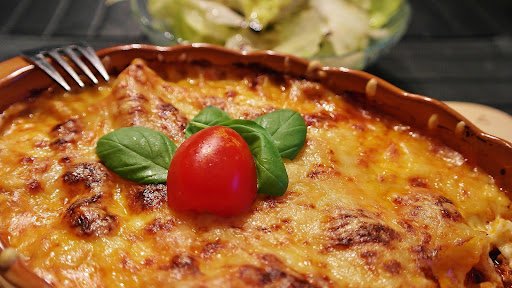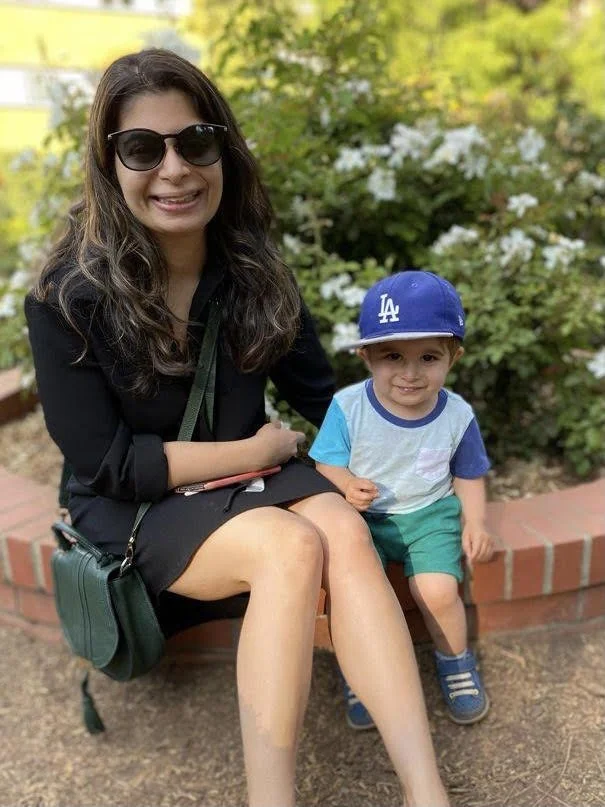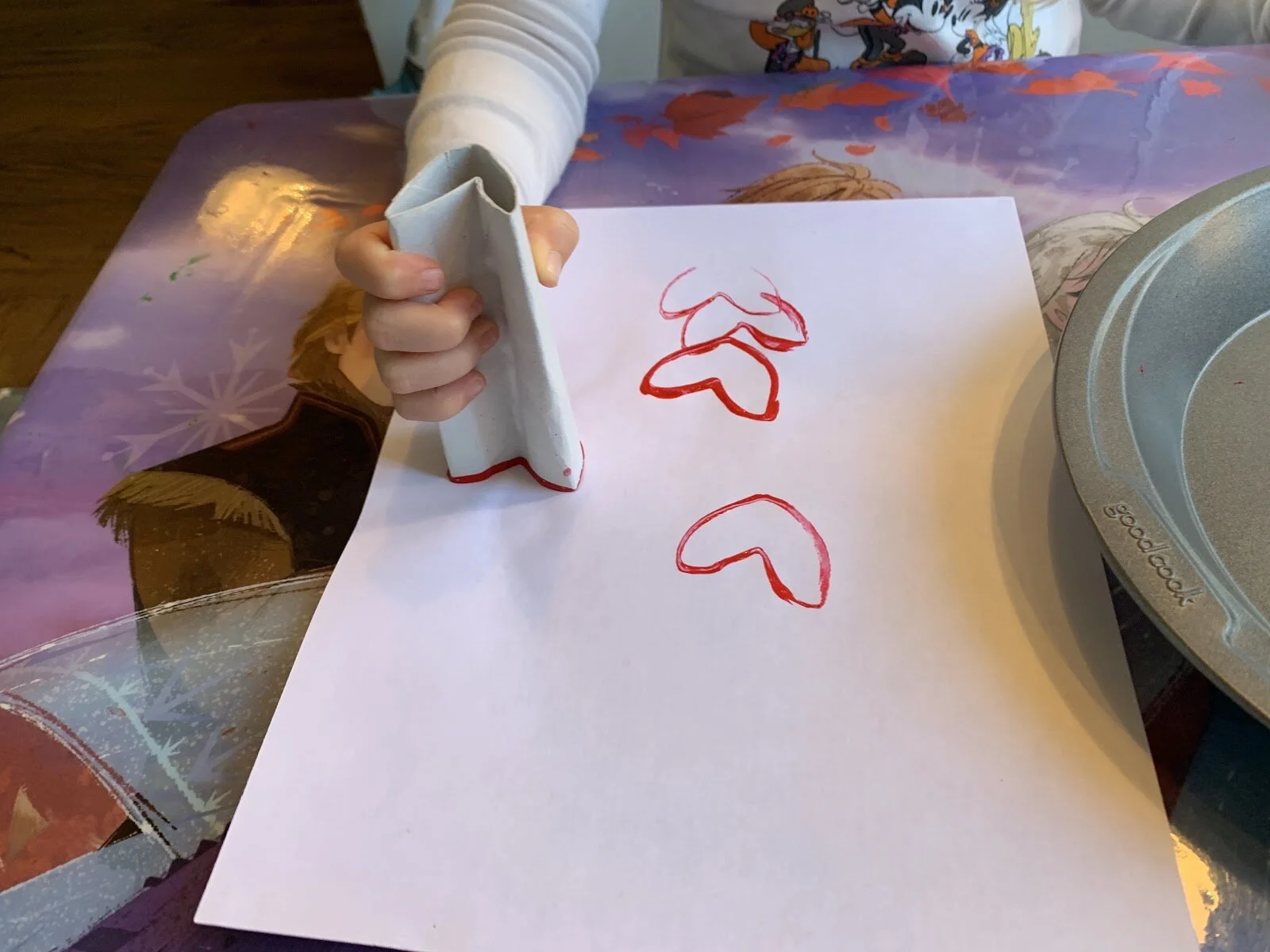By Jill Kolongowski
My husband and I moved to California 11 years ago, before we were married—him for a job, and me for graduate school. We’re both from Michigan, and every year we flew back home for the Christmas holidays. For us, Christmas needed snow and cold. In my family, we watch Love Actually the day before Christmas, and The Santa Clause on Christmas day. At some point, we make sure to listen to the NSYNC Christmas album. These silly movies and music didn’t start off holding any particular meaning. We never set out to make deliberate Christmas traditions. We just made these choices once or twice, and then over time began to repeat them like a reflex. Listening to NSYNC started off as a joke when my sister and I were teenagers, many years ago, but now it’s a necessity.
Because we made the time to fly home for Christmas, there was never time to fly home for Thanksgiving, too. So early on in our California life, when we were in our mid-20s, we started our own Friendsgiving. I made my grandmother’s corn casserole (I tried making it “healthier” by substituting Greek yogurt for sour cream—a huge mistake I’ve never made again), and turkey, mashed potatoes, and cranberry sauce from a can. We invited a friend who couldn’t go back home for Thanksgiving, and invited him to bring something for a potluck. I assumed he’d bring something traditional, but my friend Greg brought a foil-wrapped lasagna.
At first I was baffled by the lasagna. Who eats lasagna at Thanksgiving? But I was wrong. In Greg’s family, they had too many family dinners, so by the time their own family Thanksgiving dinner happened, they were sick of “traditional” food, and made lasagna instead. This was his way of going home. The lasagna was traditional. For many Friendsgivings after, we looked forward to the lasagna with our pumpkin pie.
And now with the pandemic, many of us with young children have had to give up family gatherings at some point or another as we try to keep our unvaccinated babies safe. I will not downplay the grief at missing out on traditions that are important to us. Those are times that we will never get back. However, there are ways to make our own traditions, so that there is not only loss, but so that we can still find newness, things to celebrate, and joy.
Every year our Friendsgiving looks a little different (sometimes with family flying in, sometimes indoor, sometimes outdoor, and with more and more kids running around every year), but if you are feeling bereft of your usual traditions, here are some ways to create your own:
1. Pay attention. Start to notice what’s already happening around you. What reflexes do you see? What elements of your holidays start to happen over and over again?
2. Create new rituals. Use what you notice to create new rituals. Perhaps this seems obvious, but sometimes we can feel pressured (especially with new kids) to create new, Instagram-worthy traditions. Instead, just look around you for what you’ve already begun to create. Are you hungry for dessert again at 9 pm because you ate an early Thanksgiving? Maybe Second Dessert becomes your new tradition. Are you so exhausted after the holidays that you need to crash and watch Friends reruns? Perhaps that itself becomes a new tradition. (I highly recommend checking out the book The Power of Ritual by Casper ter Kuile about creating ritual in our everyday lives.) Your new rituals don’t have to be cute or even “holiday”-themed—the point of rituals is to create a source of comfort, to mark time, and create connection with loved ones. The content of the rituals themselves almost don’t matter. Whatever you do will be perfect.
3. Honor your traditions. If you cannot be a part of the traditions of your family due to the pandemic (or for any other reason), consider a way of honoring those traditions in your new versions of the holidays. Can you stream The Santa Clause and watch it over Zoom together? Can you call your grandmother and ask her for her secret to the corn casserole recipe? Can you light a candle in honor of a loved one who is no longer around? It’s difficult to miss the traditions you cannot have, but it eases the heart if we can, rather than mourning their loss alone, instead honor them in some way.
4. Be flexible. I don’t have to tell any of you this, but holidays with little ones are always a lesson in flexibility. Don’t get hung up on creating perfect rituals or getting everything “right.” Your little ones will be happy (…maybe) with some mashed potatoes, and cuddling with you on the couch.
This year we’ll be having an outdoor Friendsgiving, and we’re planning for some lasagna, and wondering what new rituals we can create with our daughter. Wishing a joyful holiday season to all this year!
Jill is a writer and professor in San Mateo. She likes to cook, hike, and bike with her 17-month-old daughter. Her daughter is a chaotic sous-chef, but an excellent hiker.




























































